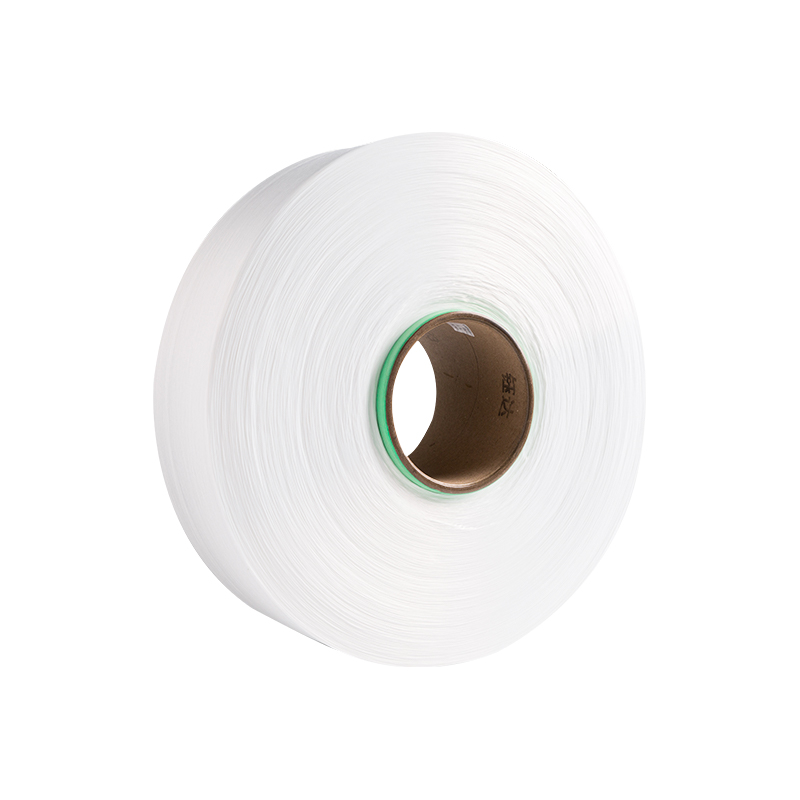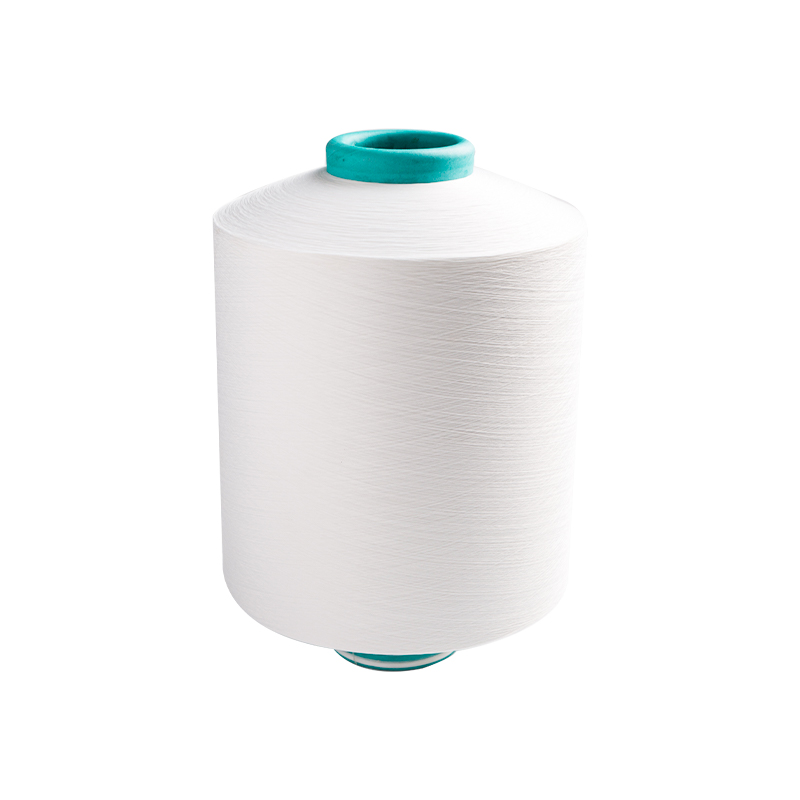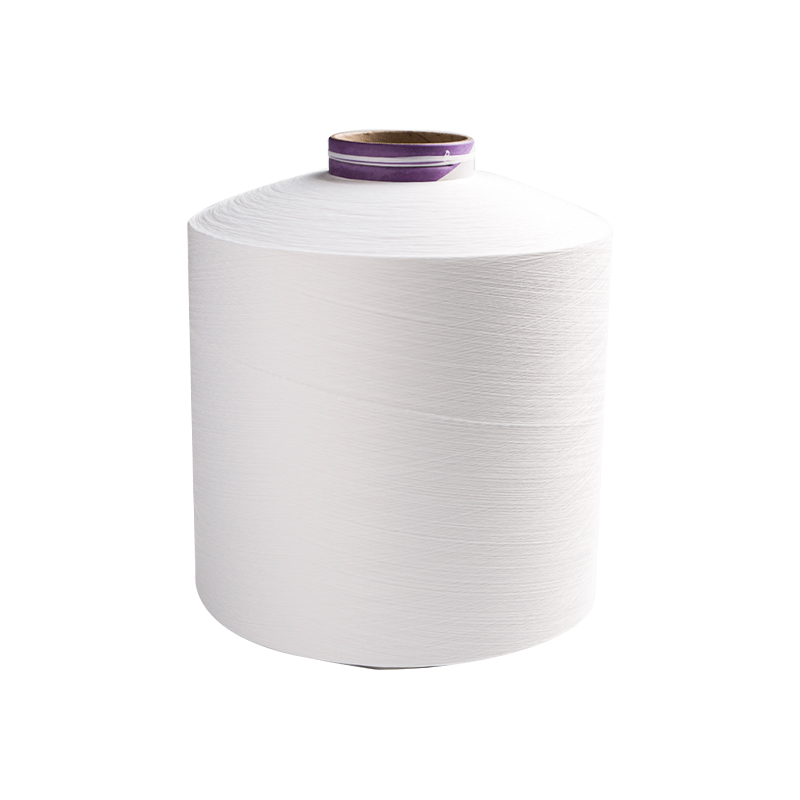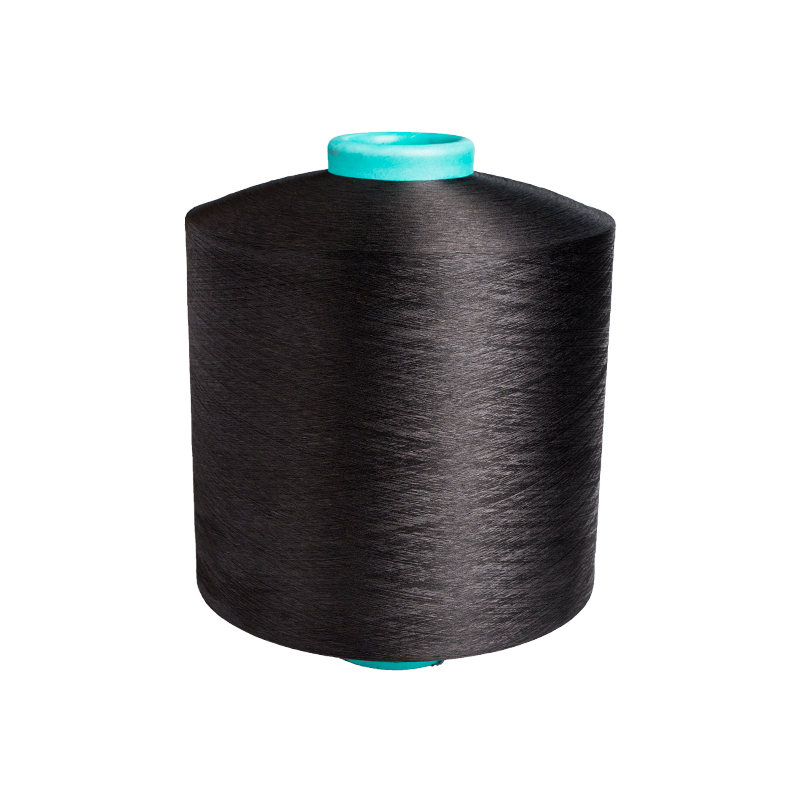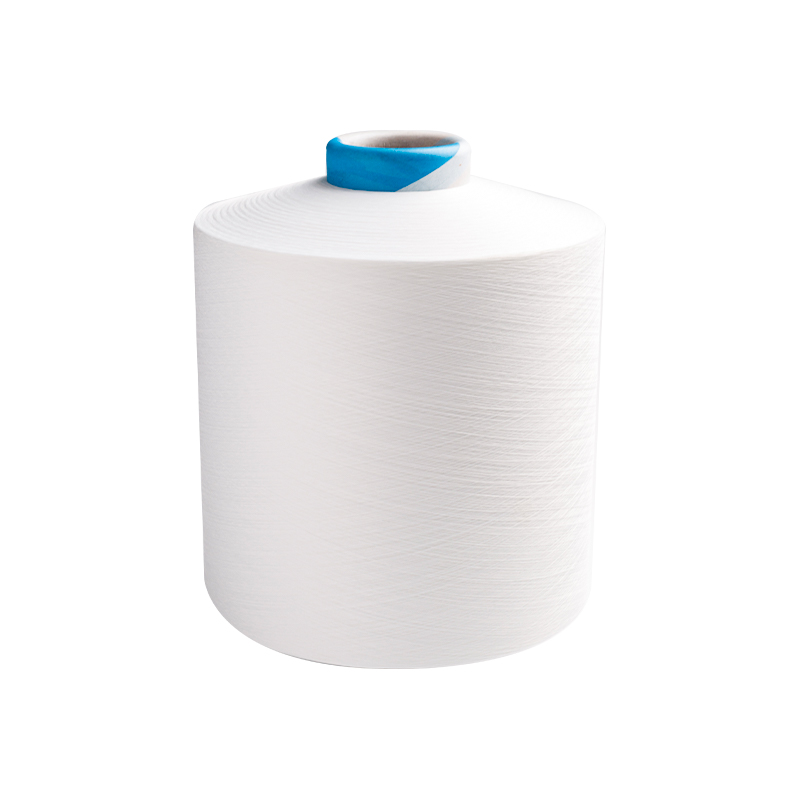Production processes and applications of polypropylene fibres. Polypropylene production technology. In order to manipulate polypropylene fibres in the spinning industry, melt spinning is required. The temperature of melt spinning is controlled at 220-280°C. The molecular mass is about 120,000. The molecular mass is approx. 120,000 and for textile high strength and denier yarns the relative molecular mass is usually approx. 200,000.
During the spinning process we preheat and soften the granulated polypropylene in the feed section of the screw extruder, melt, compress, blend and defoam in the compression section and then further melt in the metering section to build up melt pressure and melt. It is then filtered and homogenised to the head. The extruded polypropylene melt is dosed by a metering pump and then fed to the spinnerette for spinning. The filament ejected from the head passes through the cooling jacket, through the oil pan and finally winds onto the bobbin. The process is otherwise the same as for polyester, but with a stretching temperature of 80 to 130°C and a stretching ratio of 4 to 8 times. Polypropylene filament production process. Screw extrusion filtration spinning box ring blowing oil winding traction feeding heat setting tension heat setting tension traction packaging.





